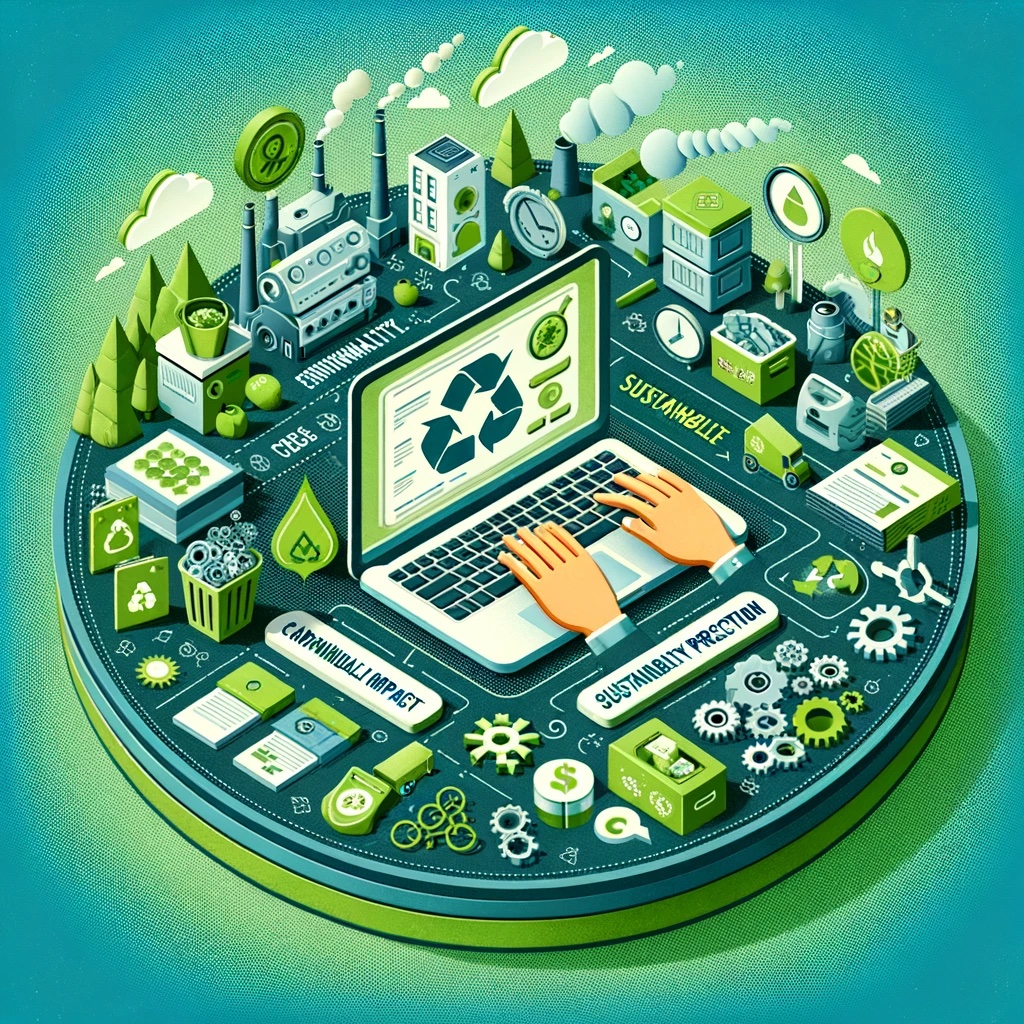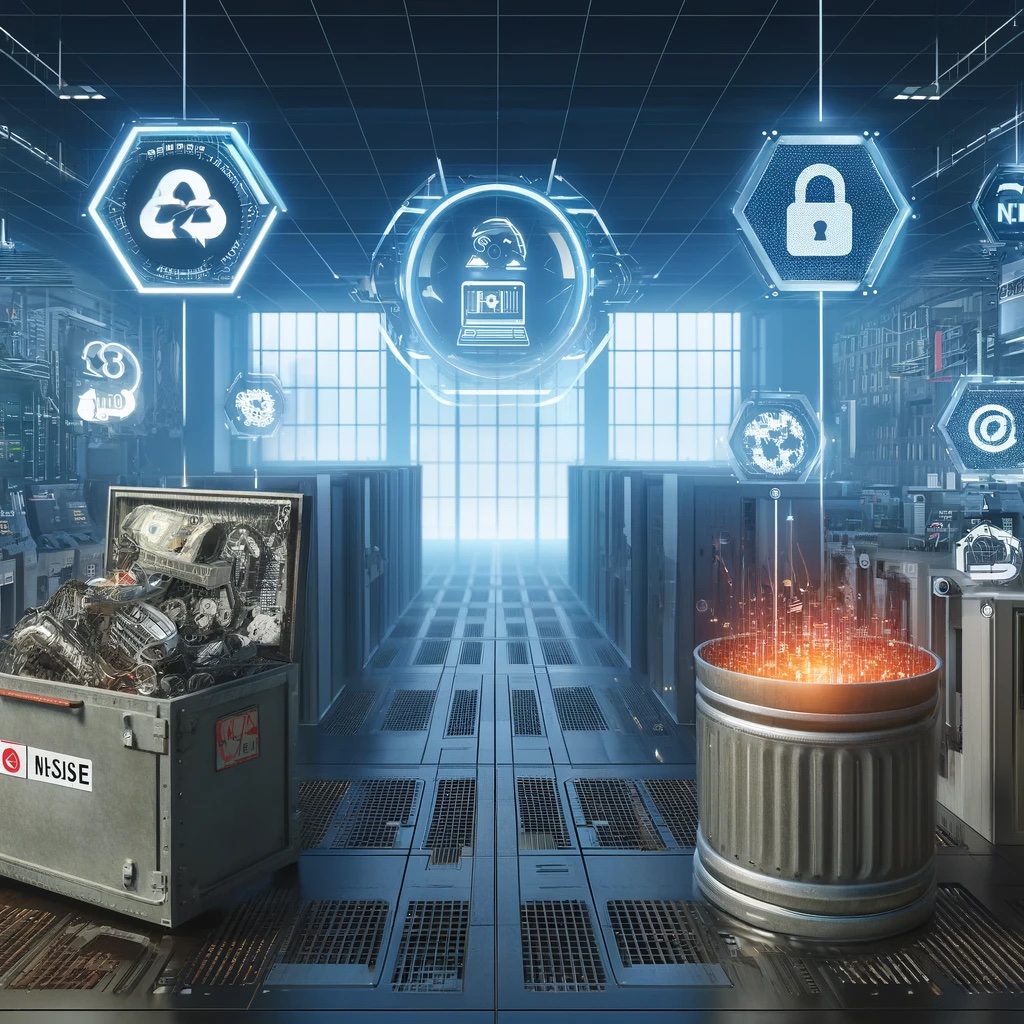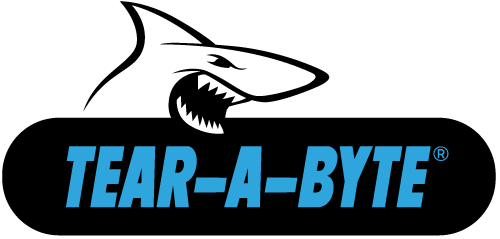[vc_row type=”grid” video_bg=””][vc_column dp_animation=””][vc_column_text dp_animation=””]
Green Initiatives in the Datacenter
[/vc_column_text][/vc_column][/vc_row][vc_row type=”grid” video_bg=””][vc_column width=”1/2″ dp_animation=””][vc_column_text dp_animation=””]Datacenters use copious amounts of energy, no surprise there, but just how much do they use? If the cloud storage industry was a country, they would be the fifth largest consumer of energy in the world. Think about that for a second. There are countries with hundreds of millions, even billions of people, and cloud storage uses about as much energy as those countries. Well this consumption rate is now getting some much needed attention, but is it enough?
As wireless devices continue to boom, so does the need for cloud based apps and storage. The U.S., the EU and large emerging markets like China account for much of this, and a majority of the energy consumed by this trend is generated by coal-fired power plants. This, of course, is not a renewable energy source. And really, the problem isn’t so much the current consumption it is the predicted energy consumption.
Currently this industry has made many efforts to decrease energy consumption, and they have been successful. However, we are reaching a point where these efforts are plateauing, and consumption will start to rise again soon. These original efforts began before smartphone data usage skyrocketed and greatly underestimated energy consumption in the future. To put it into terms that are easy to understand, wireless networks that connect users with cloud services consume the equivalent energy in 1 pound of coal to transport 1GB of data. Here’s the numerical breakdown: 1.5kWh/GB; 10,000 BTUs/kWh; 15,000 BTUs/ pound of coal (Leopold, 2014). So, 1 pound of coal equals 1GB of transferred data.[/vc_column_text][space size=”8″][/vc_column][vc_column width=”1/2″ dp_animation=””][vc_column_text dp_animation=””]One of the newer trends in cutting data center power usage is coming up with different cooling methods, which accounts for a large portion of energy consumption. The most common of these methods is “free air cooling”, which is simply drawing cold air in from outside and using it to cool devices. As a matter of fact, many companies are moving their data centers to colder climates to take advantage of this. Google is constructing a new $773 million data center in Eemshaven, Holland, one of the reasons behind this location is its mild climate. The downside to “free air cooling” is you still need energy to power the equipment to draw in the air and condition it if it’s too cold.
In some cases more extreme measures are being taken, and some are looking for completely different power sources. Interxion, a European based company, has started looking into using nuclear energy as a future energy source. China is exploring a similar route, but is looking into Thorium-based nuclear power. Both are great as consistent power sources but also come with drawbacks. Cost to build, the inherent danger with nuclear power, and specifically for Thorium-based plants issues with reactor waste.
Either way, there is clear need for a cleaner or more renewable source of energy to supply the world’s data centers. In the meantime it is important that steps continue to be taken to reduce the current energy used until a more viable source is in place.
References:
Leopold, G. (2014, October 10). The Myth Of The Green Datacenter. Retrieved October 13, 2014.[/vc_column_text][/vc_column][/vc_row][vc_row type=”grid” video_bg=””][vc_column width=”1/2″ dp_animation=””][vc_column_text dp_animation=””]
Acquire a strong security stature.
Request an assessment and consultation today.
[/vc_column_text][/vc_column][vc_column width=”1/2″ dp_animation=””][/vc_column][/vc_row][vc_row type=”grid” video_bg=”” row_type=”section” bg_image_repeat=”repeat” padding_top=”24″ padding_bottom=”24″][vc_column dp_animation=””][vc_separator][/vc_column][/vc_row][vc_row type=”grid” video_bg=””][vc_column width=”1/2″ dp_animation=””][vc_widget_sidebar sidebar_id=”posts-footer-block-left”][/vc_column][vc_column width=”1/2″ dp_animation=””][vc_widget_sidebar sidebar_id=”posts-footer-block-right”][/vc_column][/vc_row]









